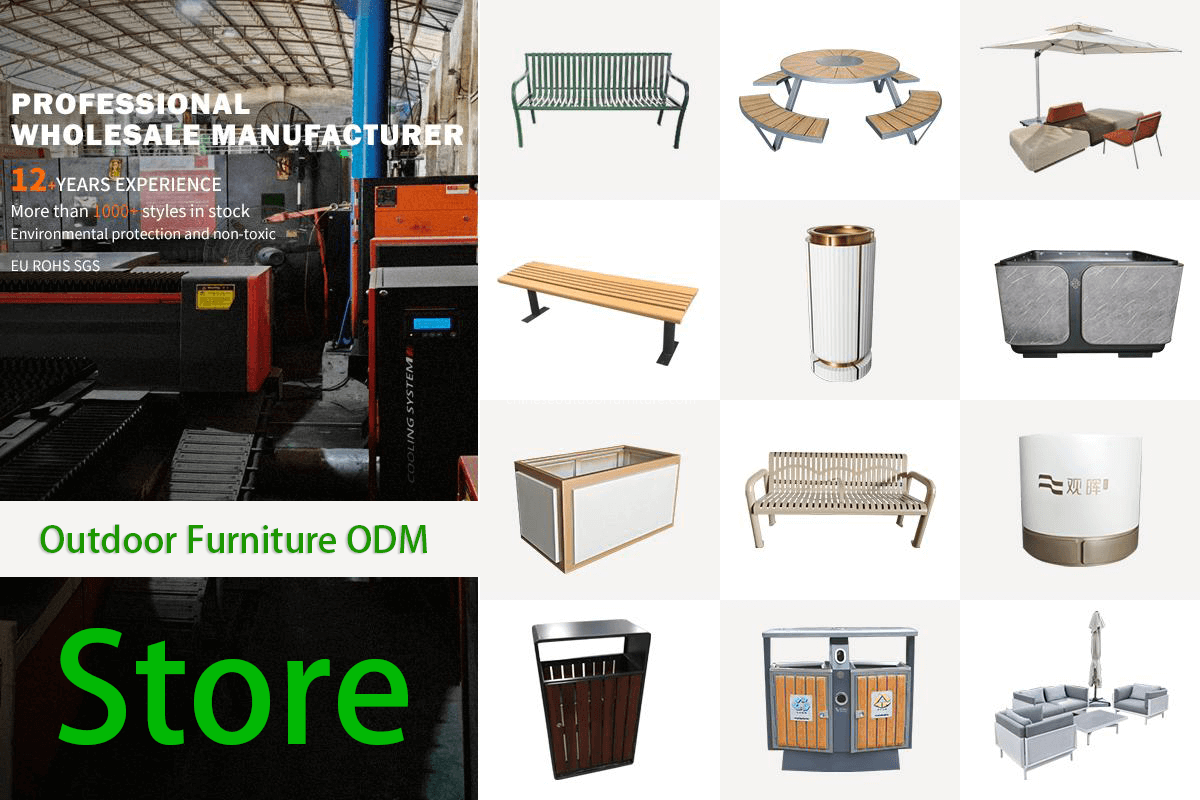How does the maintenance of polyethylene compare to PVC?
When comparing the maintenance of polyethylene (PE) and polyvinyl chloride (PVC), several factors come into play, including durability, cost, and environmental impact. Polyethylene is known for its flexibility and resistance to impact, making it less prone to cracking under stress. This characteristic reduces the need for frequent repairs, resulting in lower maintenance costs over time. Additionally, PE is resistant to many chemicals, which minimizes degradation and extends its lifespan.
On the other hand, PVC is highly durable and resistant to weathering, making it a popular choice for outdoor applications. However, PVC can become brittle over time, especially when exposed to extreme temperatures, which may require more frequent maintenance or replacement. While PVC is generally low-maintenance, its susceptibility to UV degradation means it may need protective coatings or treatments to maintain its integrity.
In terms of cost, polyethylene is often more affordable initially, but its long-term maintenance savings can make it a cost-effective option. PVC, while slightly more expensive upfront, offers excellent durability in specific environments, potentially offsetting its higher initial cost.
From an environmental perspective, both materials have their pros and cons. Polyethylene is recyclable and has a lower environmental impact during production, whereas PVC, though recyclable, releases harmful chemicals during manufacturing and disposal.
In conclusion, the choice between polyethylene and PVC for maintenance depends on the specific application, environmental conditions, and budget. Polyethylene offers flexibility and lower long-term costs, while PVC provides exceptional durability in harsh environments. Understanding these differences can help you make an informed decision for your project.

